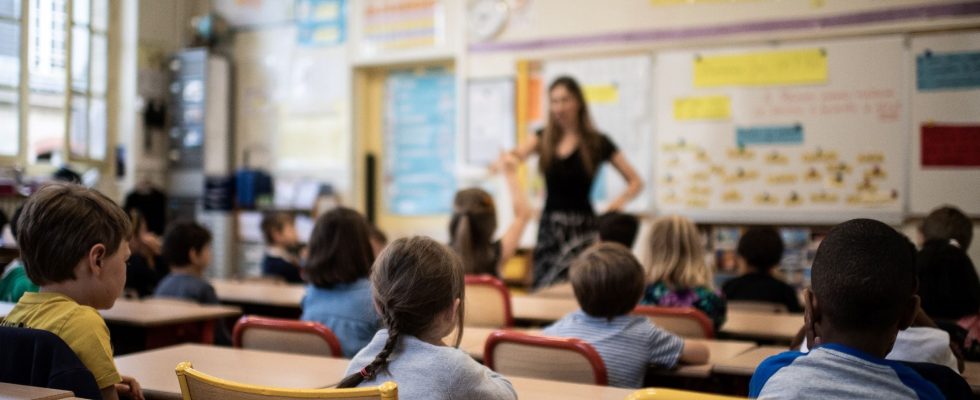Bad news never comes alone, the latest results of thePISA survey show not only a general decline in the performance of OECD countries in mathematics and reading (sciences remain spared from the slump) but also specific difficulties for girls and boys.
First observation, in reading, the trend observed in the last twenty-two years is confirmed. In every OECD country, boys are lagging behind. The gaps between the two sexes are impressive: on average, girls will outperform boys by 24 points in 2022 (30 points in 2018), which is equivalent to approximately one school year of difference*. In France, the gap is 20 points (25 in 2018). For the entire OECD, students with serious reading difficulties are more numerous among boys (31% of them) than girls (22% of them). If boys outperform girls in mathematics, the gap is significantly smaller: 9 points for the OECD in 2022 (5 in 2018) and 10 for France at the same date (6 in 2018). In science, the gap is very small and not statistically significant.
While the differences in performance of the two sexes in mathematics have long been highlighted by National Education, the significant delay of boys in reading hardly seems to interest the ministry. However, it should not be taken lightly because reading fluency determines the understanding of all other subjects, the continuation of the educational course and the future obtaining of a job.
Second observation from PISA 2022, just as worrying, the drop in level occurs for both sexes and it is greater among girls than among boys. In mathematics, in the OECD, girls lost 19 points between 2018 and 2022, 23 points in France. The boys fell back by “only” 15 and 20 points. Even in reading where they are better in absolute value, the drop for girls is 14 points in the OECD and 21 in France, versus 8 and 16 for boys.
The average differences in performance between boys and girls have been known for a long time and can be explained by a multiplicity of factors. On average more diligent, more obedient, calmer at school, girls are also more interested in literary subjects than in science. The existence of gender “stereotypes”, that is to say representations of the two sexes which are reproduced by imitation, constitutes part of the explanation but is not sufficient to explain the entirety of these differences.
Behavioral psychology, which takes into account the biological dimensions of human behavior, offers other interpretations of these differences. One of them is the high level of testosterone present in boys and its constant increase during adolescence, this hormone being associated with impulsivity, aggressiveness and self-confidence. The other is the observation of differences in preferences between the two sexes. Numerous studies have in fact shown that between “people” and “things”, women were on average more interested in the former and men in the latter. This distinction, which is similar to that existing between literary and scientific subjects**, is found in infants and even certain primates, which suggests that it has a biological basis.
All of these propositions suggest that stereotypes are as much the result of authentic differences as the cause of these differences. In doing so, this knowledge could help improve teaching, not by trying to dissuade boys and girls from adopting the typical behaviors associated with their sexes, i.e. by undermining their strengths, but by focusing on their weak points to counterbalance them.
Finally, the significant drop in female scores in reading and mathematics remains difficult to explain, including in France where it is higher than that observed in the OECD as a whole. The PISA report does not offer a specific interpretation of this trend, but it is certainly worrying that girls are losing ground in their chosen fields. In this case, it would be a great shame if, when it comes to reading, girls become boys like the others.
*Recent publications have estimated average annual student learning gain based on data from PISA 2018 and earlier assessments in more than 30 countries. These studies show that around age 15, student results increase by around 20 points. However, they show that annual learning gains can vary considerably from one country to another. As the figure for France is not known, this average must be used with caution.
** PISA scores show an equivalent level of girls and boys in science. PISA does not distinguish, in its results, between physical sciences and natural sciences. However, on average, girls and women are more interested in the latter than the formerundoubtedly because the “living” is linked, in the distinction between “things” and “people”, to the latter.
.
